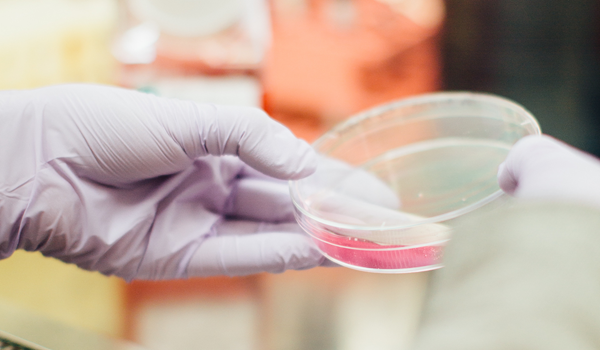Test Results
Results Of Tests And Investigations
Calling for Test Results
Please remember to contact the surgery to receive your test results.
For the results of tests please ask the doctor or nurse when they are likely to be available and contact the surgery at the appropriate time.
Please try to avoid calling for test results before 10.30am.
In order to maintain confidentiality test results will only be given to patients themselves (or to a parent or guardian in the case of children).
If you wish your results to be given to another person we will need a completed consent form signed by the patient and witnessed by a member of staff.
Test Results of cervical smear tests will be sent to you by post by the hospital laboratory as soon as it becomes available.
Please note you are now able to register to view your test results onlie through Patient Access. If you are already registered for Patient Access or would like to sign up please contact the Surgery and a memeber of staff will provide you with further information.

Blood Tests
A blood test is when a sample of blood is taken for testing in a laboratory. Blood tests have a wide range of uses and are one of the most common types of medical test. For example, a blood test can be used to:
- assess your general state of health
- confirm the presence of a bacterial or viral infection
- see how well certain organs, such as the liver and kidneys, are functioning
A blood test usually involves the phlebotomist taking a blood sample from a blood vessel in your arm and the usual place for a sample is the inside of the elbow or wrist, where the veins are relatively close to the surface. Blood samples from children are most commonly taken from the back of the hand. The childs hand will be anaesthetised (numbed) with a special cream before the sample is taken.
You can find out more about blood tests, their purpose and the way they are performed on the NHS Choices website.
X-Rays
An X-ray is a widely used diagnostic test to examine the inside of the body. X-rays are a very effective way of detecting problems with bones, such as fractures. They can also often identify problems with soft tissue, such as pneumonia or breast cancer.
If you have an X-ray, you will be asked to lie on a table or stand against a surface so that the part of your body being X-rayed is between the X-ray tube and the photographic plate.
An X-ray is usually carried out by a radiographer, a healthcare professional who specialises in using imaging technology, such as X-rays and ultrasound scanners.
You can find out more about x-ray tests, how they are performed, their function and the risks by visiting the NHS Choices website.
Page created: 01 October 2020